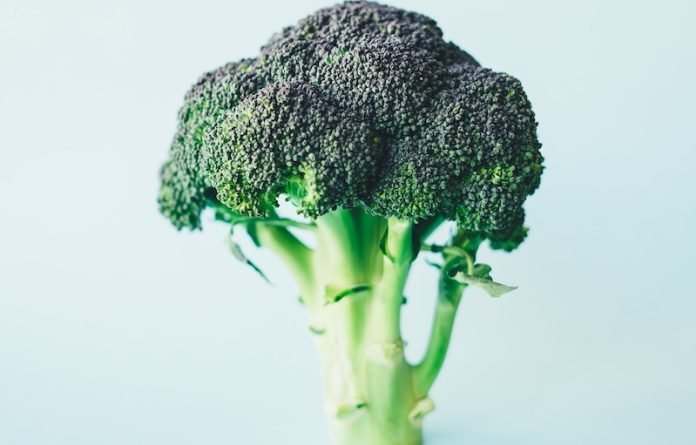
In a recent study from AlMaarefa University, scientists found a compound that the pungent taste in some cruciferous vegetables may help reverse kidney problems linked to diabetes.
It is estimated that about one-quarter of people with diabetes will eventually develop diabetic nephropathy, a gradual loss of kidney function that eventually requires dialysis.
The condition is a leading cause of chronic kidney disease in the U.S. and is also associated with a high risk of heart disease. There is currently no cure.
In the study, the team examined the effects of phenethyl isothiocyanate (PEITC) in rats with diabetic nephropathy. PEITC is found in several types of vegetables but is most concentrated in watercress.
They found evidence that PEITC may be effective as a naturally occurring agent to reverse serious kidney damage in people with diabetes.
Previous studies have suggested sulforaphane, a related compound in cruciferous vegetables also helps reduce diabetes-associated kidney damage.
The current study bolsters the evidence that eating more vegetables containing these compounds could help people with diabetes to stave off kidney problems.
The team says PEITC seems to manage one of the most serious and painful diabetic complications. Luckily, PEITC is naturally present in many dietary sources, importantly watercress, broccoli, turnips and radish.
Further studies will need to confirm the findings and understand how the results could translate to new treatments or dietary recommendations for people with diabetes.
For more information about nutrition, please see recent studies that vitamin D could improve blood pressure in people with diabetes, and results showing Mediterranean diet could help reduce the diabetes risk by 30%.
For more information about nutrition, please see recent studies that olive oil may help you live longer, and vitamin D could help lower the risk of autoimmune diseases.
The research was presented at the American Association for Anatomy annual meeting and conducted by Mohamed El-Sherbiny et al.
Copyright © 2022 Knowridge Science Report. All rights reserved.



